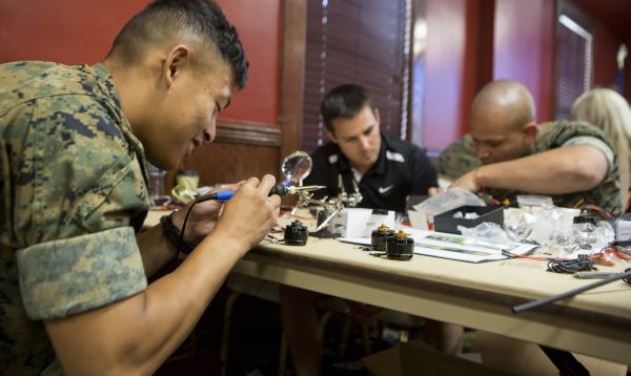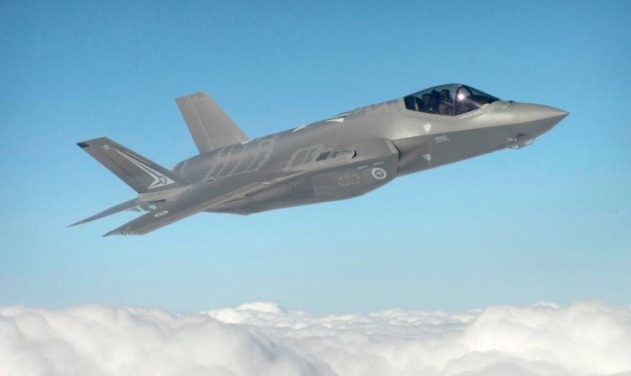US Marines Demo Print-on-the-go Drones

Micro drones which can be printed on the field for instant reconnaissance missions were demonstrated by US Marines as part of operation 'Inherent Resolve' to drive out ISIS Militants from Iraq and Syria.
The Nibbler drone was created through 3D printing to be low cost, easily repaired and have simple maintenance to allow Marines to use it.
Col. Bill Vivian, commanding officer of the 7th Marine Regiment was quoted as saying by USNI Wednesday that his Marines built an initial batch of 25 Nibbler UAVs – quadcopters with a dwell time of about 20 to 25 minutes, which can carry cameras or other intelligence payloads and cost about $2,000 apiece to print – and then followed up by making a couple additional vehicles and other various tools and components as needed for the Special Purpose Marine Air-Ground Task Force (SP-MAGTF).
44 Marines and sailors from the SP-MAGTF, and four Air Force personnel were taught to run the 3D printers, set up in what was dubbed the Ripper Lab. The marines set up a Hybrid Logistics Working Group to meet the challenges with additive manufacturing.
However, building and fielding the Nibbler drone allowed the Marines to understand how to defend against the ISIS threats in the Middle East.
“It built an understanding of how these things are put together. They can be locally manufactured, and we know that ISIS is doing some of that. And then how can it be used, what are its strengths and weaknesses, what are its limitations so that the Marines would better understand the threats that were being used against them,” Vivian explained.
Marines involved in the additive manufacturing effort found all kinds of ways to innovate during the deployment. The SP-MAGTF’s logistics officer, Maj. Miguel Cruz said the team was working with a few different printers, ranging in size from 8-by-8-by-8 inches to about 18-by-11-by-8 inches. Within those size confines, the Marines found all kinds of things to print – wrenches, assembly parts, medical devices like splints, protective covers to shield expensive equipment from repeated impact, and even a cover for a laser device that was on back order for seven months and was instead printed in a single day.











